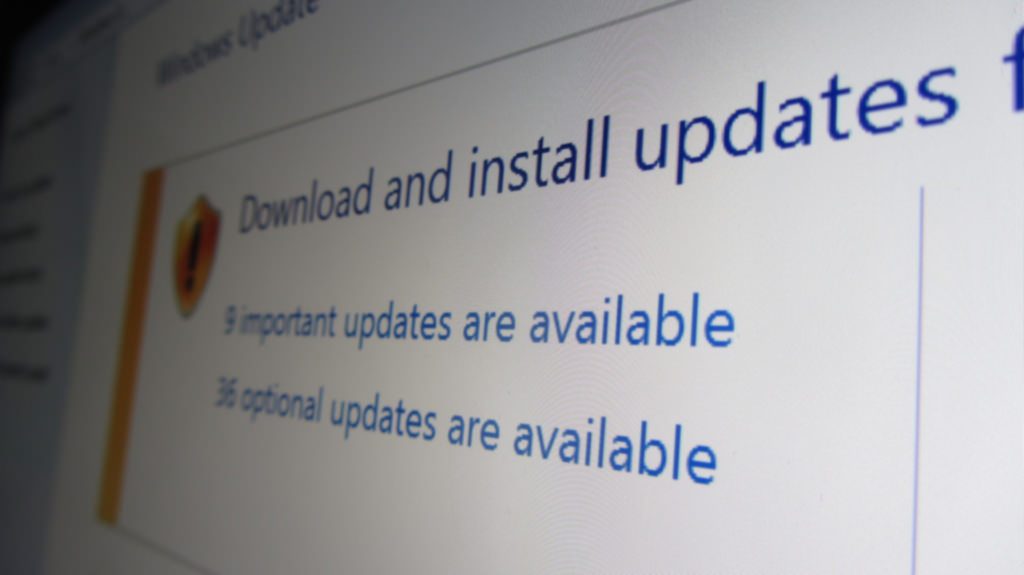The term “peer-to-peer” means one-on-one, and in the parlance of computers and technology, it means two computers interacting directly with each other without the presence of a centralized repository or server.
In many networks, a cluster of computers is connected to a central server. All communications to and from the network happen through the central server. For example, let’s say comp1, comp2, and comp3 are connected to a server. When comp1 wants to communicate with comp4, which is located in a different network, comp1 sends its requests to the server. In turn, the server sends the request to comp4. Likewise, the message is communicated back to comp1 through the server.

What do you think are the disadvantages of such a setup?
- It takes time.
- Requires more resources such as setting up a central server.
- The communication system fails when the server is down.
- Security issues are high because hackers just have to break into the central system to compromise the entire network.
- Greater chances for surveillance by government organizations, thereby reducing privacy and anonymity for users.
- Increased maintenance and administration.
- Need for a network operating system and technical staff to monitor it.
Given these limitations, peer-to-peer technology was seen as a more beneficial option. But is it really? Let’s find out!
A brief history of peer-to-peer technology

Before going into the working of peer-to-peer technology, let’s take a brief look at its history to understand the journey and its current state.
The first known example of P2P technology was the Napster file-sharing site that allowed users to upload and download songs, including copyrighted ones. Napster was just a repository that contained songs uploaded by some users, and the same could be downloaded by others. Since this infringed on the copyright of owners, it got into trouble. Nevertheless, this was the first well-known example of peer-to-peer technology.
Freenet of the 2000s was the next well-known example of the P2P technology, and this had no central repositories. Instead, it consisted of anonymous encrypted files that could be shared directly by users. Freenet represented the next evolution of peer-to-peer technology as it eliminated central servers and repositories.
Since then, funding has poured into this technology, and this led to the emergence of many services that leverage the concept of peer-to-peer sharing.
Is peer-to-peer technology legal?
After Napster and its controversies, there has been much confusion about the peer-to-peer technology’s legality.
Many people are apprehensive of getting into trouble with these technologies. A rule of thumb to help you wade through these apprehensions — if you own the copyrighted material, you have the right to share it with others, and it is perfectly legal. On the other hand, if you don’t own the copyrighted material or don’t have permission from the owners for its distribution, it’s illegal to circulate it through P2P technology.
So, every time you communicate with another device or individual and share some information, ask yourself if the content is copyrighted and, if so, whether it has the necessary permissions for sharing. If yes, P2P is legal, and if no, it’s illegal.
That said, know that P2P technology extends well beyond sharing just copyrighted information. For example, it is becoming a central aspect of digital identity today. More people are looking to own and share their credentials directly with the concerned entities rather than store one’s PII in a centralized server.
But these ideas are still at the nascent stages, and it may take some time for them to become more widespread.
Are there any downsides to P2P technology?
Earlier, we saw the problems with a centralized system and how peer-to-peer technology is a solution. Now, let’s explore the downsides of P2P technology so that you can make an informed decision.
- Security is a concern as there’s a potential for unknown computers to send malware.
- There’s no centralized place for storing files, which could be a disadvantage in some situations.
- Not possible to back up files.
- Performance can be slow in a P2P setup because every computer in a network can access other computers, thereby clogging bandwidth.
- Specific software or interfaces may be required to read/access certain file types.
- Not possible to preview files before downloading them.
- There’s a chance to expose the personal information stored on your system if the other party sends malicious code to compromise your system.
In all, P2P technology is a great way to save time and resources and preserve anonymity, provided you can handle the security issues that come with it.
Examples of P2P technology
Moving on, let’s look at some widely used examples and services of P2P technology.
Online marketplaces
Online marketplaces like eBay, Airbnb, Lyft, Etsy, Uber, and others operate on the P2P model. These services simply connect the buyer and the seller, and in the process, remove the need for intermediaries.
Also, the roles of buyers and sellers can change as per the preferences of the individual entities. For example, a person can buy a product from Etsy and sell the same or other products to potential buyers. So, this individual is both a buyer and a seller.
Such marketplaces reduce costs, speed up processing or transaction times, and enable both parties to communicate effectively.
Windows 10 updates

Microsoft shares its Windows 10 updates through P2P technology to reduce bandwidth consumption and to increase download speeds. Called delivery optimization, this form of distribution enables computers to get updates from other local computers that have already downloaded it.
Microsoft has offered this option as some files are large, and downloading from Microsoft’s servers can clog up the bandwidth.
File sharing services
File sharing services like BitTorrent allow users to download files from other client computers directly. Even some versions of Linux operating systems like Ubuntu and Manjaro are distributed through the Torrent network to save on bandwidth.
However, the onus of establishing the authenticity of the peer computer and the content lies with the person downloading it.
Online games
Online gaming companies like Blizzard Entertainment distribute games like StarCraft and World of Warcraft through P2Ps to reduce bandwidth and increase transfer speeds.
Another example is Wargaming, which distributes games like World of Warships, World of Warplanes, and others. Given the speed and convenience of P2P technology, it won’t be long before other gaming companies also follow suit.
Homegroup
Windows 7, 8.1, and 10 allow you to connect your computers to a Homegroup, so files can be shared among them. Such a setup is prevalent in some organizations too, depending on the existing privacy and security policies.
Peer-to-peer technology: Good or bad

Now comes the big question, is peer-to-peer technology good or bad?
Well, as we have seen, P2P has its pros and cons, just like any other technology, so you should look at leveraging its benefits and making provisions for its downsides. For example, before you download from a P2P network, check if the source computer is trustworthy and the content you want to download won’t harm your computer.
Such steps help you to enjoy the benefits such as increased speed and lower bandwidth.
Also, peer-to-peer technology is becoming more prevalent today as there’s a greater push towards a decentralized system of sharing and storing data.
In all, P2P technology is a good step forward, provided you can address some of its downsides.
Do you use P2P technology? Can you share your experience and the security measures you take with our readers?
Featured image: Shutterstock




Hi, Lavanya, I am impressed by your writing and explaining skills.
Keep it up!
Anees Ahmad